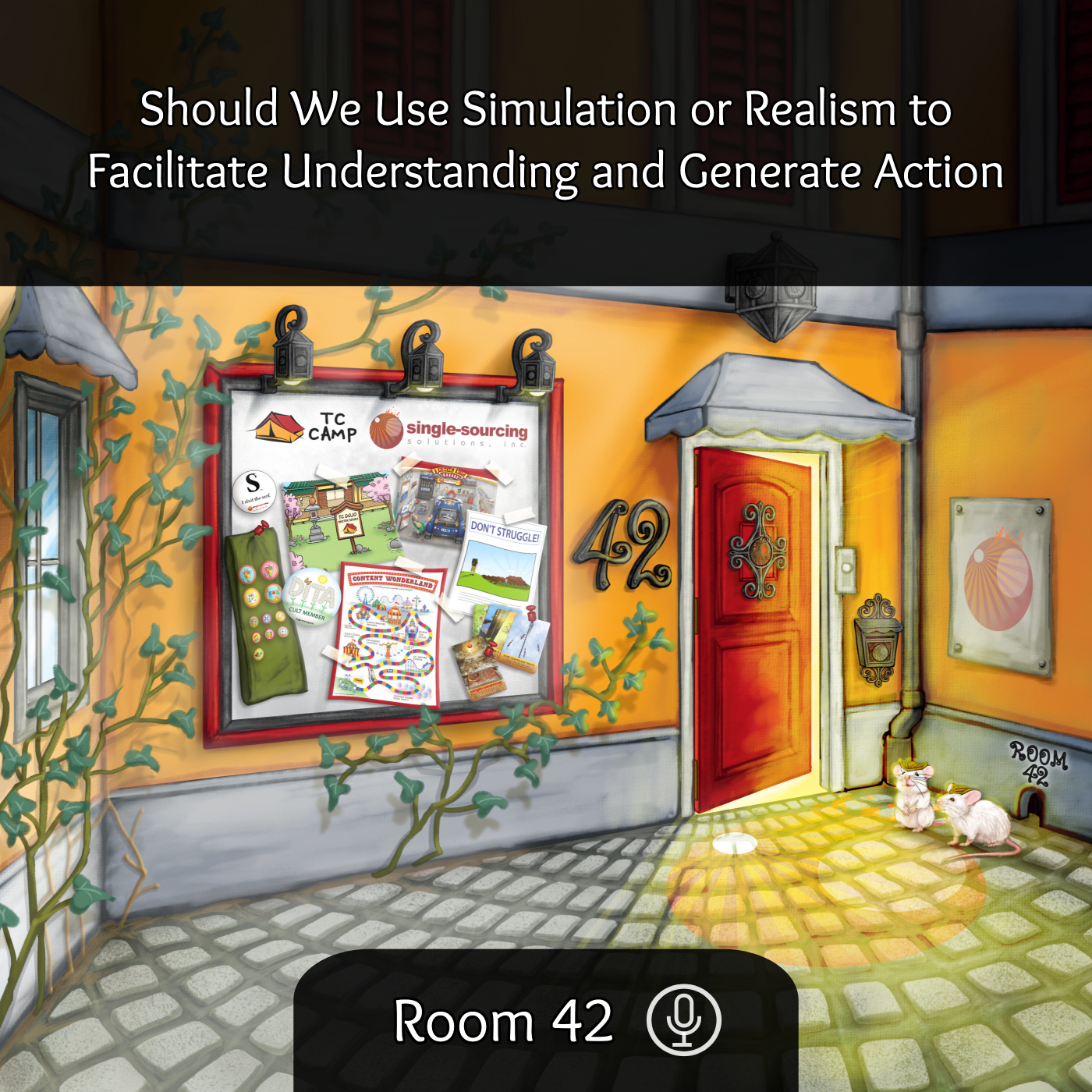- Technology
- SEE MORE
- classical
- general
- talk
- News
- Family
- Bürgerfunk
- pop
- Islam
- soul
- jazz
- Comedy
- humor
- wissenschaft
- opera
- baroque
- gesellschaft
- theater
- Local
- alternative
- electro
- rock
- rap
- lifestyle
- Music
- como
- RNE
- ballads
- greek
- Buddhism
- deportes
- christian
- piano
- djs
- Dance
- dutch
- flamenco
- social
- hope
- christian rock
- academia
- afrique
- Business
- musique
- ελληνική-μουσική
- religion
- World radio
- Zarzuela
- travel
- World
- NFL
- media
- Art
- public
- Sports
- Gospel
- st.
- baptist
- Leisure
- Kids & Family
- musical
- club
- Culture
- Health & Fitness
- True Crime
- Fiction
- children
- Society & Culture
- TV & Film
- gold
- kunst
- música
- gay
- Natural
- a
- francais
- bach
- economics
- kultur
- evangelical
- tech
- Opinion
- Government
- gaming
- College
- technik
- History
- Jesus
- Health
- movies
- radio
- services
- Church
- podcast
- Education
- international
- Transportation
- Other
- kids
- podcasts
- philadelphia
- Noticias
- love
- sport
- Salud
- film
- and
- 4chan
- Disco
- Stories
- fashion
- Arts
- interviews
- hardstyle
- entertainment
- humour
- medieval
- literature
- alma
- Cultura
- video
- TV
- Science
- en
Simulation and Realism in TPC

Dr. Daniel P. Richards is an associate professor and associate chair of English at Old Dominion University in Norfolk, VA. He also serves as Chair of ACM SIGDOC. His research focuses on environmental rhetoric, risk communication, the public understanding of science, and the politics of higher education. His most recent project—a project funded through the Department of Defense—applies UX and rhetorical approaches to political negotiation between military readiness and renewable energy development. His work has appeared in Technical Communication Quarterly, the Journal of Business and Technical Communication, Contemporary Pragmatism, and several other journals and edited collections. His most recent edited collection, On Teacher Neutrality (2020), is available through Utah State UP.
In this episode of Room 42 we discuss the recent trend in risk communication to rely on realism and simulation as a way to communicate a variety of risks. In terms of sea level rise, there has been a trend towards visualizing the effects of water inundation in mainly coastal communities as a way to facilitate understanding and generate action and awareness. Rhetorically, this makes sense. But do we know enough about whether or not realistic visualizations are more effective than less realistic ones? or just data? Are the downsides to using realism, or simulation and, if so, what are they? We discuss how to test these assumptions by applying user experience research to sea level rise visualization tools.
For transcript, links, and show notes: https://tccamp.org/episodes/simulation-or-realism-to-facilitate-understanding-and-generate-action/